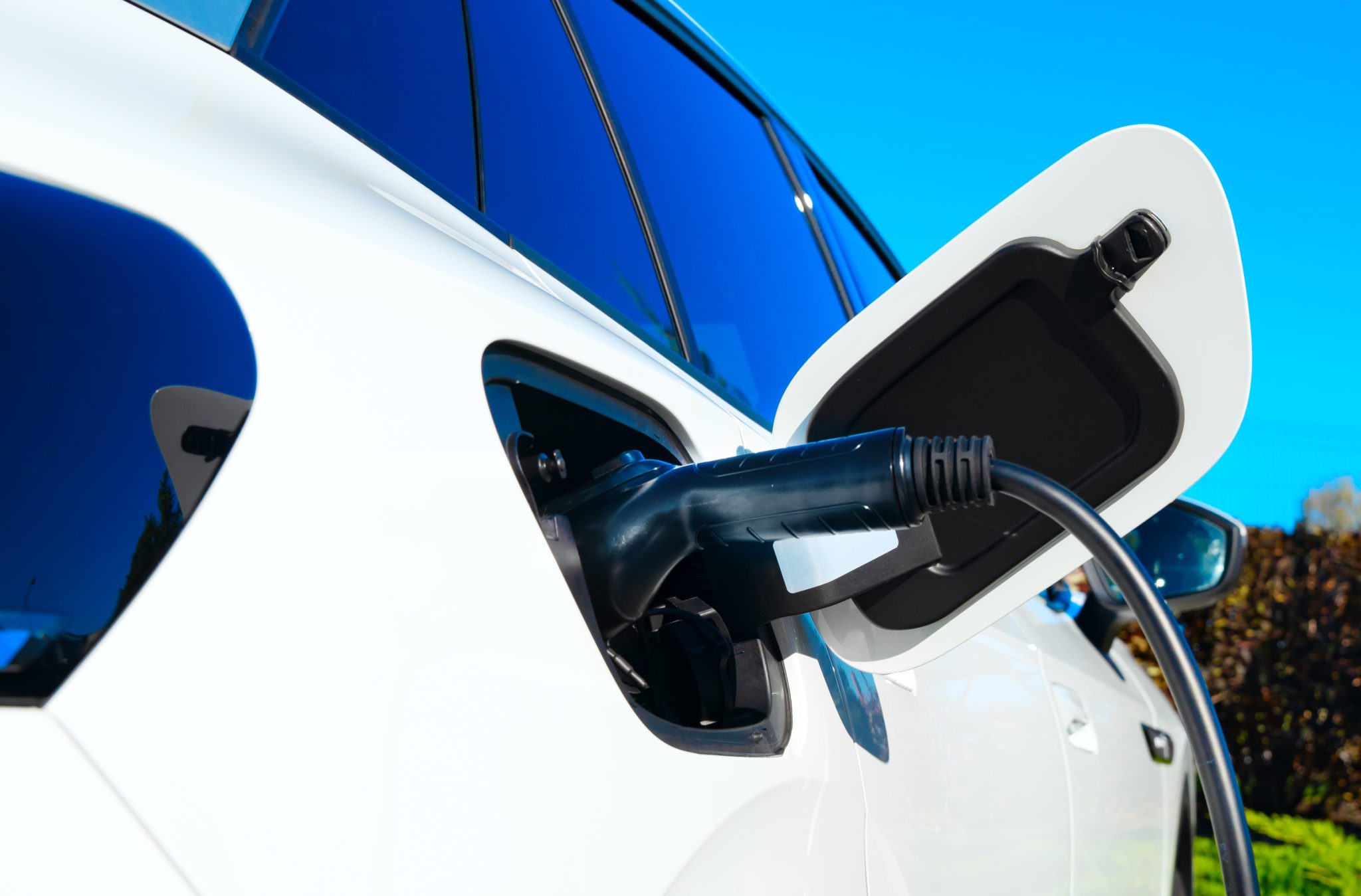Electric vehicles (EVs) play an important role in reducing carbon pollution from transportation. But there are some false and half true claims being made about electric vehicles. Here we will separate fact from fiction about electric vehicles.
Question: Some people claim EVs are worse for the environment than gasoline cars
Answer: Battery-Electric vehicles (BEVs) have on average two thirds lower lifecycle greenhouse gas emissions than gasoline cars today, and this will improve as electricity grids get cleaner by cutting out fossil fuels.
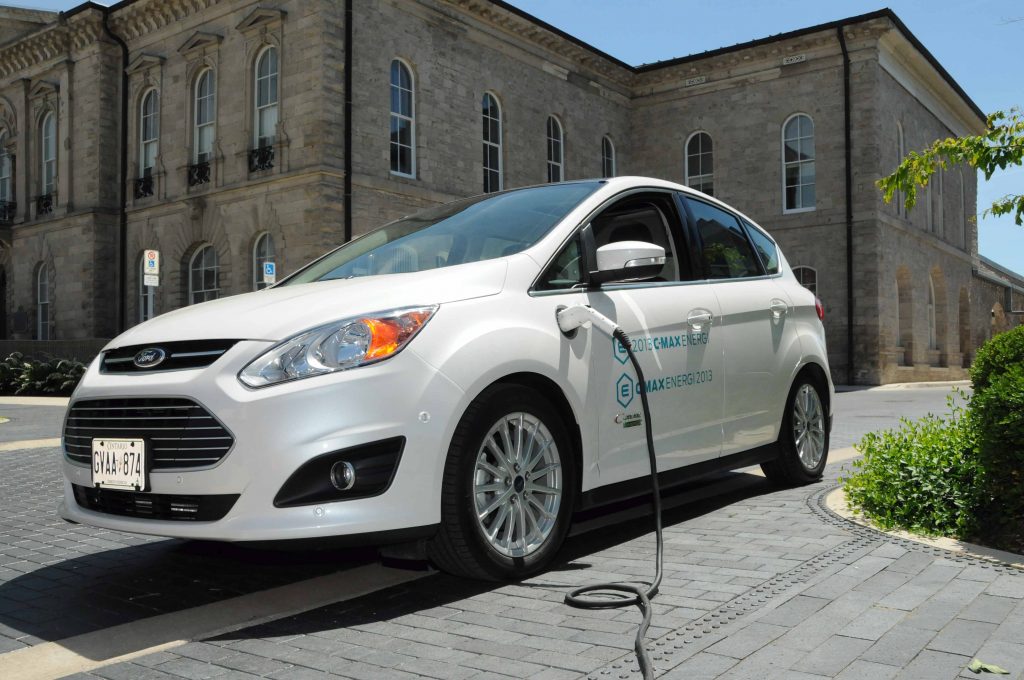

For example, in Ontario, a Hyundai Ioniq EV only emits 6.2 grams of CO2 per kilometre, while the most fuel efficient gasoline car, the Toyota Prius Eco Hybrid emits 96.2 grams of CO2 per kilometre, while gas guzzlers like Ford F-150 Truck emits 256.5 grams of CO2 per kilometre.
Even if the electric grid was entirely powered by coal, a BEV would still be better than a gasoline car for the environment. That’s because battery electric vehicles are five times more efficient than gasoline powered vehicles at converting stored energy into motion.
It is true that emissions from manufacturing EVs can be higher than manufacturing gas cars. Roughly half of production emissions come from carbon-intensive input materials and metals, and the other half is due to the coal-burning electricity mix of manufacturing countries like China, Korea and Japan where most batteries are made.
Most of the carbon emissions from cars come from fuelling them up with gas and driving them. That means that driving electric instead can quickly pay off this extra initial carbon from production. For example, in Ontario, those extra production emissions are eliminated with only 8,572 km of driving.
With more EV production occurring in places with cleaner electricity like Canada, and efforts to also decarbonize production of other input materials, these initially higher production emissions can go down. Other tools we have to reduce production emissions include ensuring EV batteries are recycled, creating efficiency regulations for electric vehicles that address size and weight, and ensuring that we protect natural carbon sinks when mining critical minerals.
Question: Do Electric Cars work in cold weather? What about their range when it’s cold?
Answer: While EVs do lose range during the winter, this is because electric motors are more efficient than gas engines, so they can’t draw on wasted heat to warm up the inside of the vehicle. This range loss can be mitigated by heating up the car in advance of driving the vehicle.
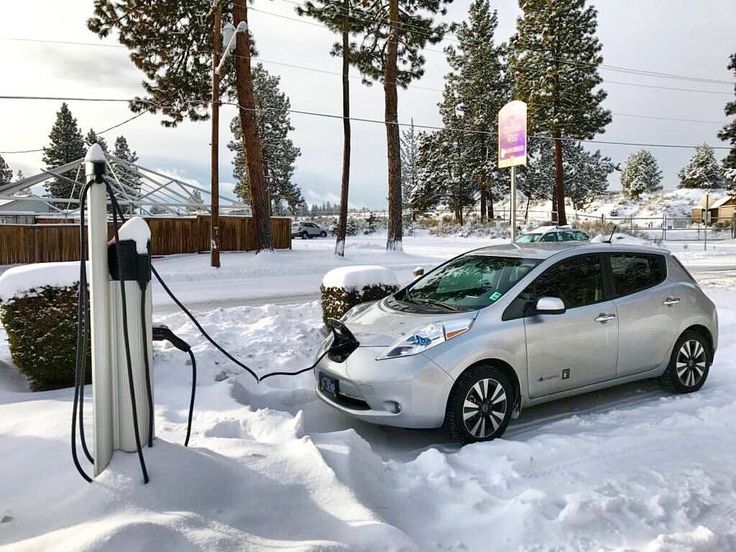

EV battery technology has improved significantly in recent years. The average range of battery-powered EVs tripled from 2010 to 2021. Your average 2021 BEV can now travel 349 kilometers on a single charge. With the much longer ranges of EVs today, combined with improved charging infrastructure, the range impacts of cold weather aren’t a problem unless you live in a northern remote community – in which case a plug-in hybrid might be the best option.
Most trips are much shorter than the range electric vehicles have per charge, even in cold weather. Did you know that 91 per cent of commutes to work by car are less than 35 kilometers and 55 per cent are less than 10 kilometers?
Norway is a small country in northern Europe with cold weather much like Canada, and 90 per cent of all new cars sold there are electric vehicles. That’s because the cold weather barrier for electric vehicles is a misconception. Nissan is even addressing this myth by showcasing an electric vehicle driving on both the north and south poles.
Question: Isn’t all the mining needed for electric vehicle batteries terrible for the environment?
Answer: There are legitimate concerns about mining critical minerals, given the mining industry’s track record of having little concern for the environment and human rights. Existing and planned mines are often located on Indigenous lands, and mining is often a water-contaminating process.


But this does not mean we can dismiss the potential impacts of new mining activities on the environment and Indigenous rights. We must not re-create the harms of extractive industries from the fossil fuel era again, as we transition to a sustainable future.
Environmental Defence’s Critical Minerals principles include:
- Efficiency First
- Circularity
- Responsible Mining and Reconciliation.
‘Efficiency First’ and ‘Circularity’ mean that Canada has choices about how resource-intensive the shift towards zero-emissions mobility is. Not everyone currently in a gasoline car needs to own a gigantic Hummer EV with a giant battery, in a single-detached home, stuck in suburban sprawl. Canada can invest in enabling transportation alternatives like public and active transportation, and make better urban planning choices to create walkable, transit-friendly neighborhoods. Policymakers can regulate EV efficiency, vehicle size and weight, and require recycling.
All of these strategies can dramatically reduce the amount of new minerals that need to be mined to make the transition to a sustainable future. These are all priorities for Environmental Defence.
However, even with all these measures in place, new mining will still be required to meet net zero goals. This brings in the principle that mining must be done responsibly and uphold a commitment to Indigenous reconciliation. That means respecting the United Nations Declaration on the Rights of Indigenous Peoples, including free, prior and informed consent. It also means sharing the economic benefits of projects and not leaving communities a mess to clean up.
Environmental Defence has also recommended that the federal government should explore developing a certification process where the critical minerals sourced for EV batteries must meet minimum ethical standards.
Question: Can the electricity grid handle all these electric vehicles?
Answer: The impact of electric vehicles on the electricity grid is often overstated. In Norway where 20 per cent of the on-road vehicle fleet is already electric, the impact on total electricity demand is less than 1.5 per cent. That’s because 80 per cent of electric vehicle charging is done at home, and primarily overnight, when there isn’t much electricity demand.


Enforcing Canada’s zero-emission vehicle sales targets with regulations on automakers will provide the market certainty needed for power utilities to make the necessary upgrades. By also focusing on ‘Efficiency First’ principles and promoting alternative transportation options, less electricity will be required.
Question: Are there enough charging stations for all of the electric vehicles?
Answer: It’s clear that Canadians are ready to buy electric vehicles. But when they do, they want the certainty that they can get a charge when they need one. A recent NRCan study found that based on Canada’s EV sales targets, we are already on track to meet our charging needs by 2025 but more needs to be done to ensure our charging needs are met by 2030.
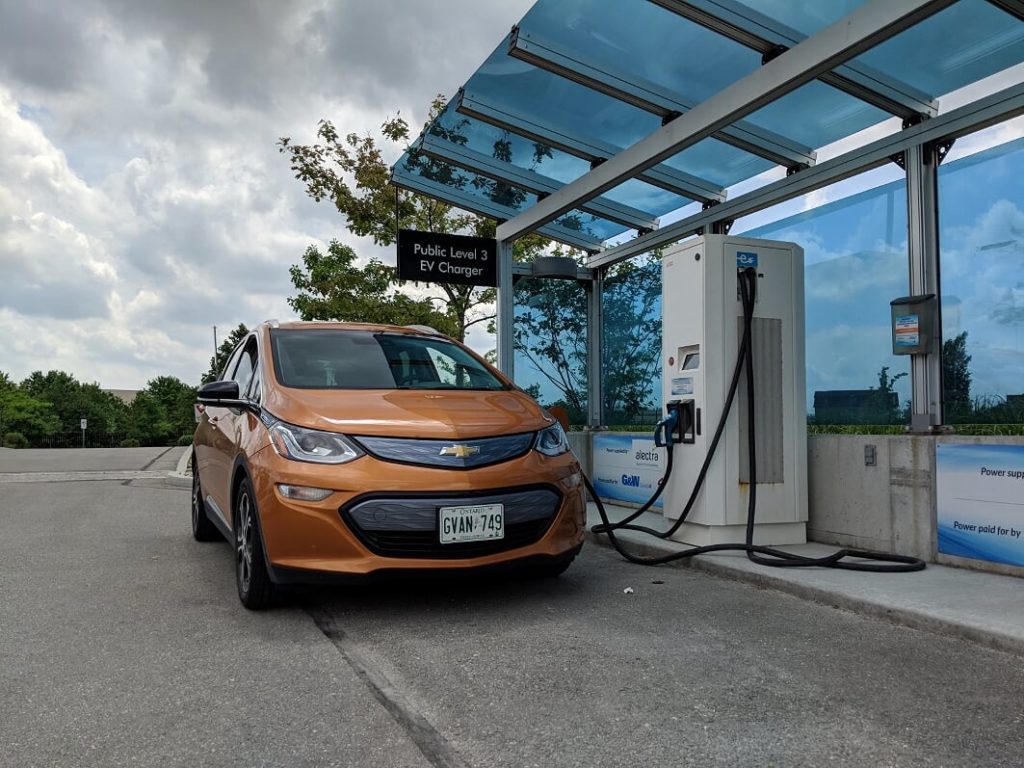

The federal government has a key role to play. This includes building on charging infrastructure programs that already exist, like ZEVIP, further building out fast-charging along the national highway system and continuing to help de-risk private investments in charging infrastructure, such as through the Canada Infrastructure Bank. The federal government can also work with provinces and municipalities to require that all new multi-unit residential buildings have EV charging infrastructure in place through updating the National Building Code of Canada.
But most importantly, the market certainty provided by a Clean Car Standard will help drive private investment in charging infrastructure. This helps solve one key problem – the case where there aren’t enough EVs on the road for a business to justify investing in lots of charging infrastructure, because it will sit unused, and the business (or public utility) will lose money. A higher projected EV to charger ratio will help make the business case for more investment.
Cities can also do their part to spur investment – for example the City of Vancouver will soon begin issuing $10,000 fines to gas station and parking lot operators who do not have EV charging stations in place. Requiring EV charging in parking spaces where people work and shop is the next step, though many businesses are already seeing EV charging as a business opportunity. Wal-Mart is planning to build-out a huge EV charging network of its own by 2030.
Question: How can we transition to EVs when they’re so much more expensive?
Answer: The good news regarding cost is that electric vehicles are already effectively cheaper than gas-powered vehicles when you account for savings on gas. Unfortunately, most people don’t take into account how much they’ll save on gas when they buy a car, they focus on the sticker price.
![]()
![]()
Car companies aren’t helping – they’re actually phasing out production of more affordable models like the Chevy Bolt, and focusing on high-end luxury EV models instead. Meanwhile, automakers in China like BYD, are already putting ZEVs on the market for $14,000 CAD.
The reality is, electric vehicles are already affordable. But the big traditional gas car companies don’t make them because they’d rather sell you a more profitable gas guzzler. In fact, they’ve flooded the Canadian market with them, with 8 out of 10 new car sales being a light truck. This has led to Canada having the worst on-road vehicle fleet emissions profile in the world.
What’s even worse is that when governments try to solve the problem with bigger purchase incentives for consumers, greedy car companies respond to these by raising ZEV prices to capture those dollars, and then delay investments in reducing production costs.
The reality is, car companies won’t put affordable EVs on the market unless they’re forced to. The solution is requiring car companies to shift to 100% zero emission vehicle sales by 2035 through regulation. This will actually cut ZEV prices by about 20% on average by making them scale production, invest in reducing production costs and bring more affordable models to market.
Question: Norway and the US are using purchase incentives to spur ZEV sales, why does Canada need regulations that require car companies to sell more EVs?
Answer: Purchase tax incentives alone don’t address the root of the problem. The root of the problem is that car companies will continue to make gas guzzlers and flood the market with them because that is what is most profitable for them. So long as car companies are allowed to just do what’s best for their bottom lines, and not be required to do what’s best for the environment, we won’t meet our ZEV sales targets.


Both the United States and Norway complement their incentives with big ‘stick’ policies to disincentivize gas cars, the US is delivering historic tightening of tailpipe emissions standards and Norway has very high taxes on the purchase of gasoline powered cars and on gasoline itself. With a Clean Car Standard, Canada can stay ahead of the pack in the zero-emissions vehicle race and prompt an industrial transformation that will bring affordable mass-market ZEVs to Canadians.
Question: Will the switch to electric vehicles result in a loss of jobs?
The transition to ZEVs presents a historic opportunity to revive Canada’s diminished auto sector. Since 2001, Canada’s auto sector has shed one-fifth of its workforce, or about 35,000 good-paying largely unionized jobs, due to capacity reductions, layoffs and plant closures. Ontario’s share of North American vehicle production has dropped to about 11 per cent in 2020 from more than 17 per cent in 2010.
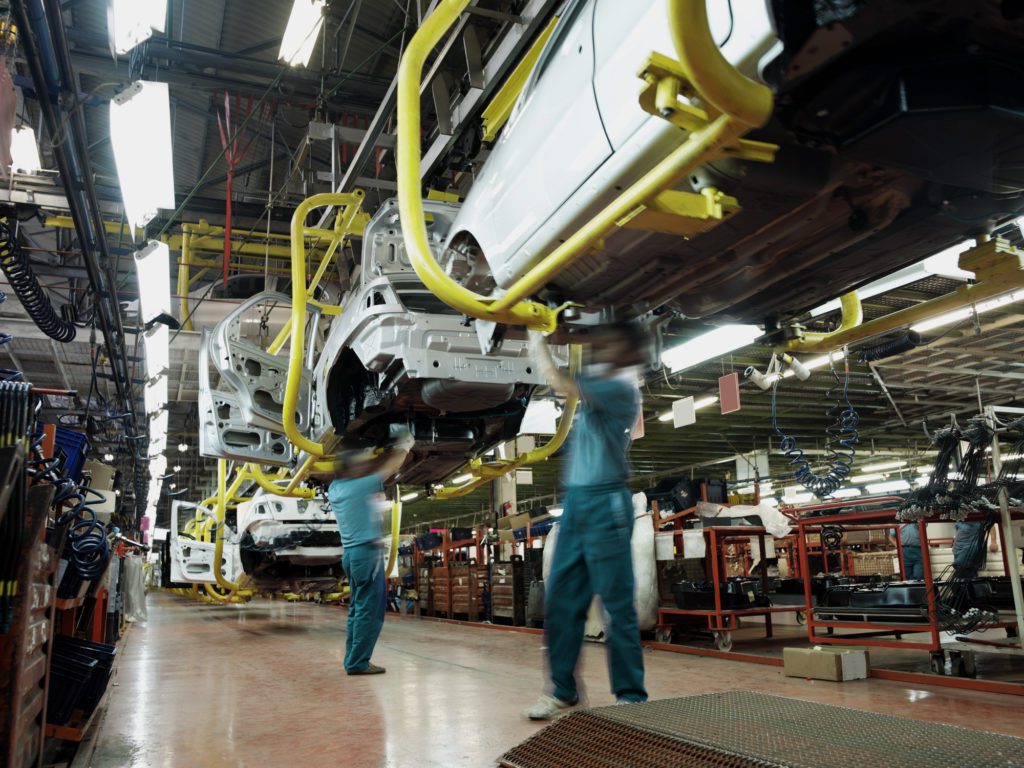

Canada has significant advantages to play on to draw-in investment and reverse the decline in auto sector employment. If we play our cards right, building a domestic EV battery supply chain in Canada could support up to 250,000 jobs by 2030 and add $48 billion to the Canadian economy annually.
FAQ: What about hydrogen fuel cell cars or alternative clean fuels?
We will not solve transportation emissions with hydrogen cars. This is because first of all, hydrogen fuel cell technology in cars is not commercially ready to scale up fast like battery-electric cars are, in the short window of time we have to dramatically reduce carbon emissions. Secondly, passenger transportation is not an appropriate use-case for hydrogen because the technology is too costly and inefficient compared to battery-electric alternatives. For example, to drive the same number of kilometers, the amount of renewable energy needed for a fuel cell vehicle is double what is needed for a battery electric vehicle. Third, most hydrogen created today is not actually green, but in fact created by a carbon intensive process using natural gas (methane) – a fossil fuel.
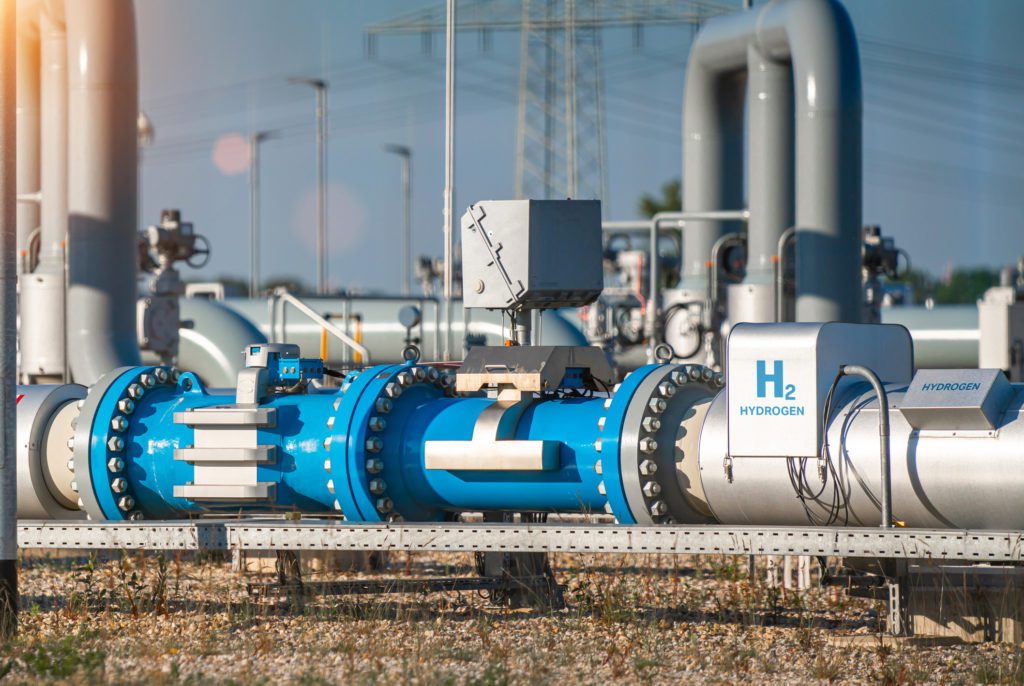

Trying to decarbonize cars with e-fuels is like showering with champagne – since it would be 43 per cent more expensive for an average driver to fill up with e-fuels instead of gas. E-fuels are also in very short supply, one analysis found that there will only be enough e-fuel in Europe to power 2 per cent of the car fleet by 2035. Trying to use e-fuels in cars takes it away from other applications where it may actually be necessary, such as air travel. This makes it a distraction from real solutions.


